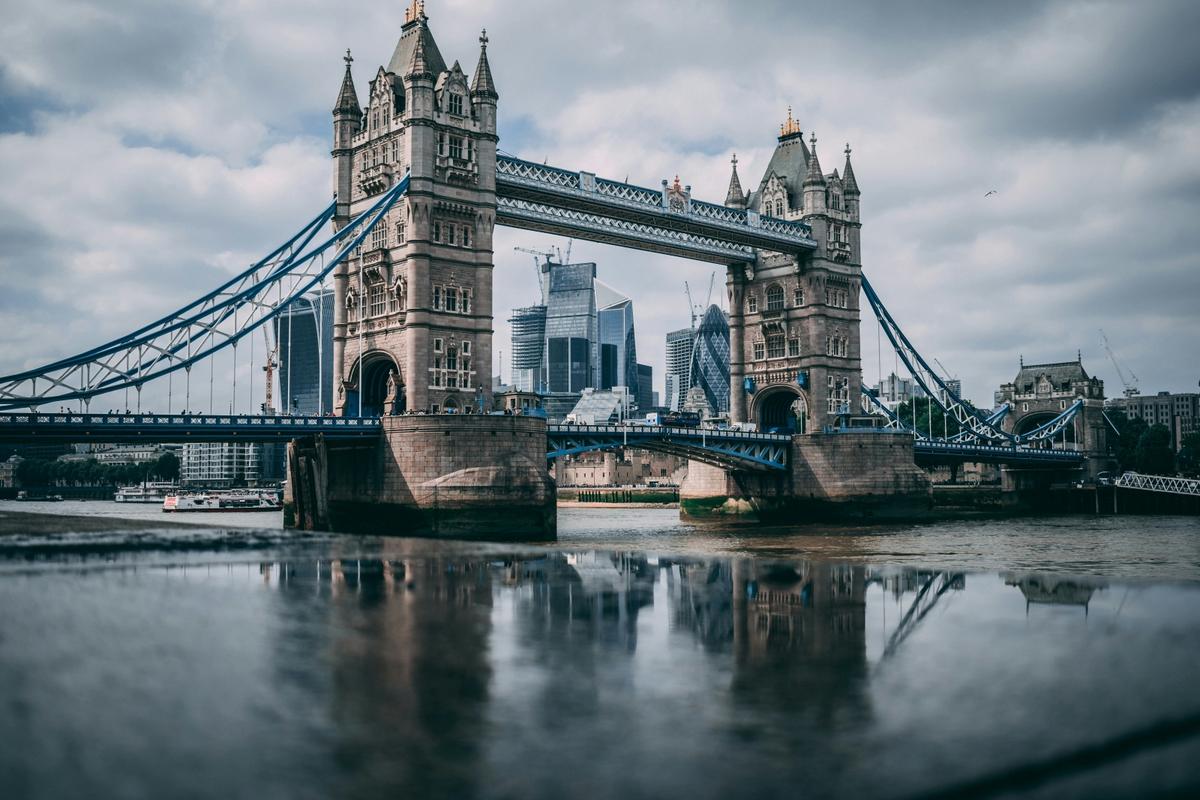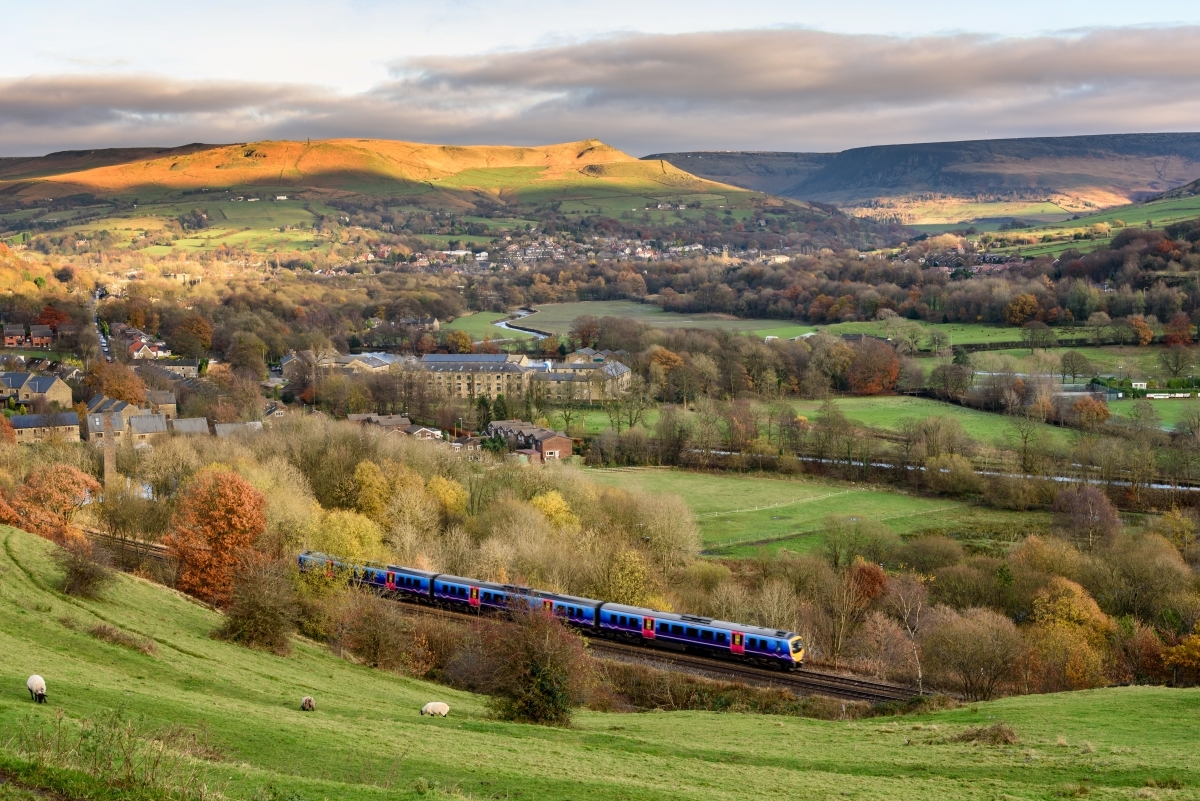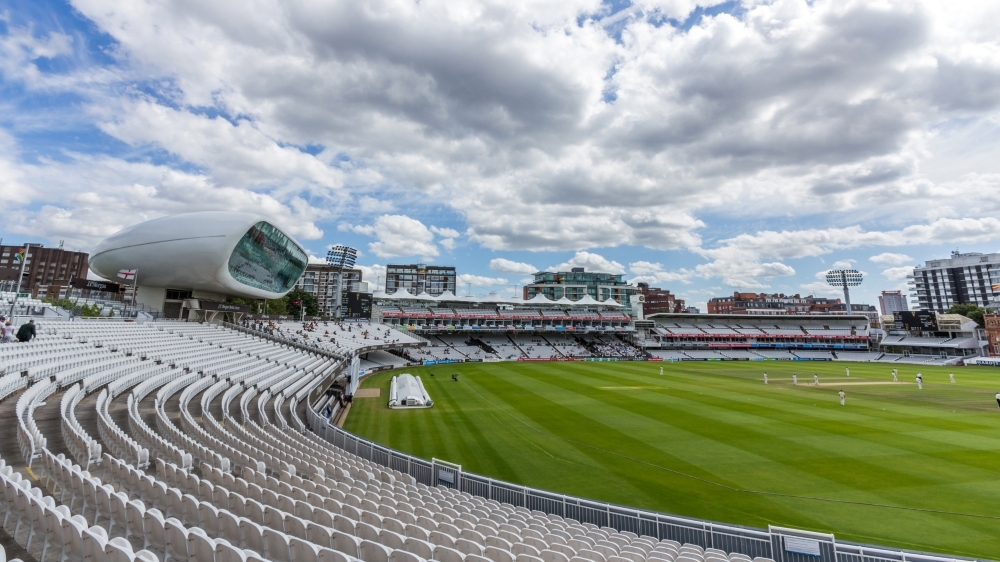History of London Bridge
Nothing is as identifiably London as its namesake bridge. A majestic structure, straddling between King William Street in the City of London and Borough High Street in Southwark, London Bridge is crowning the capital in full splendour Through films and postcards, stunning imagery of London Bridge bathed in gold during dawn and dusk is deeply embedded in the minds of many, testifying to London’s regal allure. Populated with hustling locals, peppy tourists, buskers, and the iconic red buses, it is a joy to behold.


The bridge has had many avatars since its inception by the Romans in 43 A.D. It cemented the Romans’ conquest of Britain and led to the birth of Londinium (Roman London), a promising commercial port that would become the Roman capital. As such, the bridge’s story is London’s history. Read on to learn more about London Bridge and its 2000-year-long history.
The Beginnings
It has been theorised that the Romans built pontoon bridges (which are temporary floating bridge-like constructions made with shallow-draft boats) across the Thames in 43 A.D. This was to create a shortcut to Camulodunum, a city Roman Emperor Claudius declared the capital of his new colony Brittania. A solid bridge with roads was built a few years later, in 50 A.D. The northern end of the bridge witnessed the development of a new commercial and trading settlement – this was the advent of Londinium.
Londinium’s location by the Thames was fortuitously strategic, with vital roadways branching out of either end of the bridge. So, Britannia’s capital shifted from Camulodunum to Londinium.
Mediaeval Avatars
After the fall of the Roman Empire in the 5th century, the bridge went to rack and ruin. During the early mediaeval ages, when Vikings were conquering swathes of Europe, Saxon King Alfred the Great repaired the bridge. Some historians, however, believe that the bridge was rebuilt by another Saxon king, Æthelred the Unready, while fighting the Viking warrior Sweyn Forkbeard.
Unfortunately for the Saxons, the Danish Vikings gained a strong foothold in the region when they conquered the City of London and Southwark, which are the extremities of the bridge. So, Norman King Olaf, an ally of Æthelred, destroyed the bridge in 1014 to weaken the Danish Vikings.
When Brittania fell to the Normans, the bridge was rebuilt in 1066 by King William I. It was wrecked by a fire in 1136 and rebuilt by Stephen of Blois, who was the King of England from 1135 to 1154. His successor, Henry II, created a committee known as the “Brethren of the Bridge” to supervise the reconstruction of the bridge.
In 1176, under the leadership of Peter of Colechurch, a chaplain who was appointed “the priest of the bridge” by Henry II, the timber bridge was replaced by a stone structure. This was the first stone-arch bridge ever built in Britain.
At this juncture, the London Bridge became a vital residential and commercial site. Shops and homes lined the bridge – a total of 138 premises occupied the bridge as of 1358. Fast forward two centuries, and water mills were integrated into the bridge under the reign of Queen Elizabeth I in 1580.
While the industrial and commercial burden of the bridge led to countless accidents, such as fires and sudden collapses, it steadfastly remained London’s only surviving crossing all the way until the 1750s.
The Early Modern London Bridge
In 1756, the London Bridge Act was passed. This empowered the City Corporation to purchase all the properties on the bridge so that everything could be demolished and the bridge could be rebuilt from scratch. This was vital, as the bridge often fell into disrepair owing to various calamities.
By 1762, all the houses were removed, and the bridge was widened by 14 metres. However, several projects by the City to strengthen the bridge failed miserably, which is when engineer John Rennie came into the picture.
Rennie conceived of a structure comprising five semi-elliptical stone arches but passed away before executing it. His sons completed the project. By 1832, the mediaeval bridge was destroyed after having served 622 years, and the new bridge was installed.
Unfortunately, Rennie’s London Bridge was far from resilient and lasted only a little over a century. In 1962, the bridge was found to be “tumbling down” into the Thames.
So, in 1968, the City put up the bridge for auction. Robert P. McCulloch, the founder of Lake Havasu City in Arizona, furnished the winning offer of $2,460,000. Portions of the bridge were dismantled and shipped to the United States, which set McCulloch back an additional $7 million.
Rennie's London Bridge was reconstructed over the Lake Havasu reservoir, at Lake Havasu City in Arizona – as such, America is hosting a key piece of British history.
Present-day London Bridge
The present-day London Bridge was built between 1968 and 1972 on the backs of 432 construction labourers. Rennie’s arches were replaced by beams of prestressed concrete, and segments were bound by high-strength steel tendons. The entire structure consists of 11,000 tonnes of steel and over 70,000 tonnes of cement. With over 40,000 people crossing the bridge every day, it is one of the busiest bridges in the world.
London Bridge embodies and sings the glorious history of the city as well as the nation. The epicentre of Britain’s nadir and zenith, it bears the scars of conflict and the crown of triumph. It's time to visit the London Bridge – after all, there’s no better way to make the acquaintance of Britain’s story than to walk in its footsteps.



